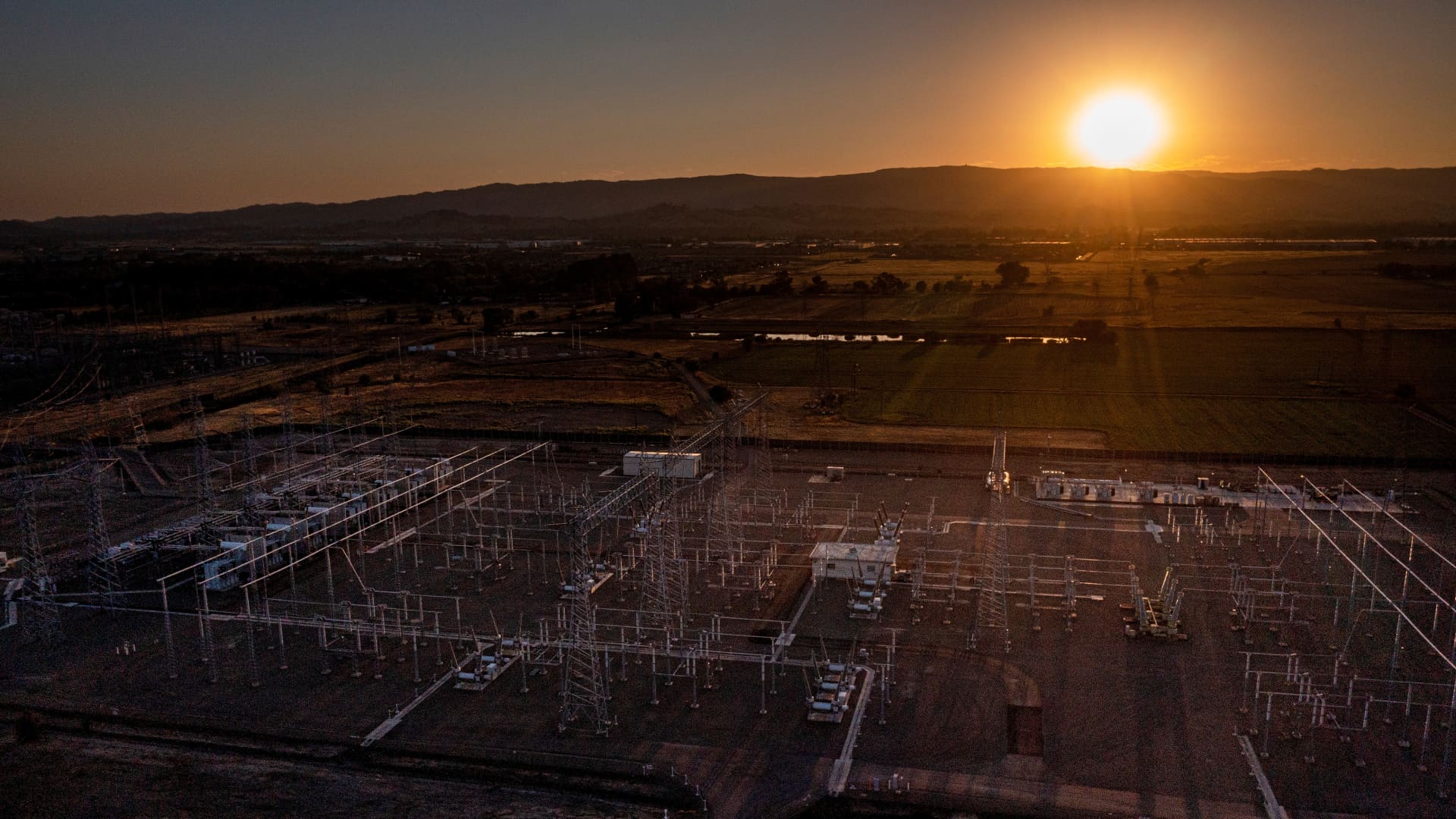New data from the U.S. government shows that 2022 was one of the top 10 hottest years on record, with data going back to 1880. And of particular note, it was the warmest on record when there was a La Niña trade winds pattern, which generally has a cooling effect on global temperatures.
On Thursday, NASA and the National Oceanic and Atmospheric Administration released their global average temperature data. NOAA’s methodology found 2022 to be the sixth-warmest year on record since 1880 and NASA’s methodology found it to be the fifth warmest, tied with 2015.
According to both NOAA and NASA scientists, global temperatures were about 1.6 degrees Fahrenheit above their respective baseline averages in the 20th century.
NASA and NOAA collect data from thermometers and other temperature-measuring instruments from weather stations, ocean ships and buoys all over the world. Both data sets include information since 1880.
2022 had a La Niña weather pattern, which generally has the effect of lowering global temperatures compared to normal years.
El Niño and La Niña refer to opposite weather patterns determined by trade winds that blow in the Pacific Ocean. During El Niño weather events, the trade winds that usually blow west across the Pacific weaken, and warm water is pushed east and temperatures rise. During La Niña weather years, trade winds blow harder than usual and push the warm water west across the Pacific toward Asia which tends to be associated with lower temperatures.
Whether you look at El Niño or La Niña years, it’s clear that global temperatures are rising and “those trends are consistent and coherent over decades now,” Gavin Schmidt of the NASA Goddard Institute for Space Studies told CNBC. “And those trends are due to our activities — predominantly because of the increase in carbon dioxide and methane in the atmosphere.”
Global greenhouse gas emissions fell in 2020 because of reduced economic activity due to the Covid-19 pandemic restrictions but have since risen again. Some regions of the globe have done better than others at reducing their respective greenhouse gas emissions. U.S. greenhouse gas emissions were up slightly in 2022 over 2021 but have been trending slightly lower since 2000, according to data the Rhodium Group released Tuesday, but across the board, emission reductions need to be accelerated to mitigate warming temperatures.
“What we need to do in order to stop global warming is get down to net-zero carbon dioxide,” Schmidt told CNBC.
When it comes to global temperatures, every 10th of a degree makes a big impact.
“Our normal context for temperature is our body’s temperature or the temperature in the room, and, we’re obviously not tracking that to 10ths of a degree,” Schmidt told CNBC. “But the context for the planet is a very different thing.”
For example, the last ice age 20,000 years ago was 5 to 6 degrees Celsius (9 to 11 degrees Fahrenheit) colder than the pre-industrial age and the world was completely different: There were huge ice sheets on North America and Europe, the sea level was some 400 feet lower than it is now due to the freezing conditions and woolly mammoths walked the tundra landscape. “Totally different planet,” Schmidt said.
“When we say the planet has warmed more than a degree Celsius in the last hundred years, that is one-fifth of the difference between then and the ice age,” he said.
The temperatures measure the global average and people live in areas of the world that are more extreme than the changes to the global mean. And already, with a rise in the global mean temperature of a bit more than a degree Celsius since pre-industrial levels, there are significant changes to the planet including the frequency and intensity of heatwaves, the intensity of rainfall, the loss of Arctic sea ice and mountain glaciers, the loss of ice sheets in Greenland and Antarctica, and the increase in sea level.
“We’re seeing all of those changes just from a change of a degree,” Schmidt said.
The United States had 18 distinct weather and climate events that cost $1 billion each, according to a separate report out Tuesday from NOAA. Collectively, those billion-dollar disasters cost the country at least $165 billion and caused at least 474 fatalities, either direct or indirect.
“And, you know, if we keep on going, it’s not going to be a change of one degree, it’s going to be a change of two degrees, it’s going to be a change of three degrees. And it doesn’t go linear. It’s not going to be twice as bad — it’s going to be much worse than twice as bad,” Schmidt said.
